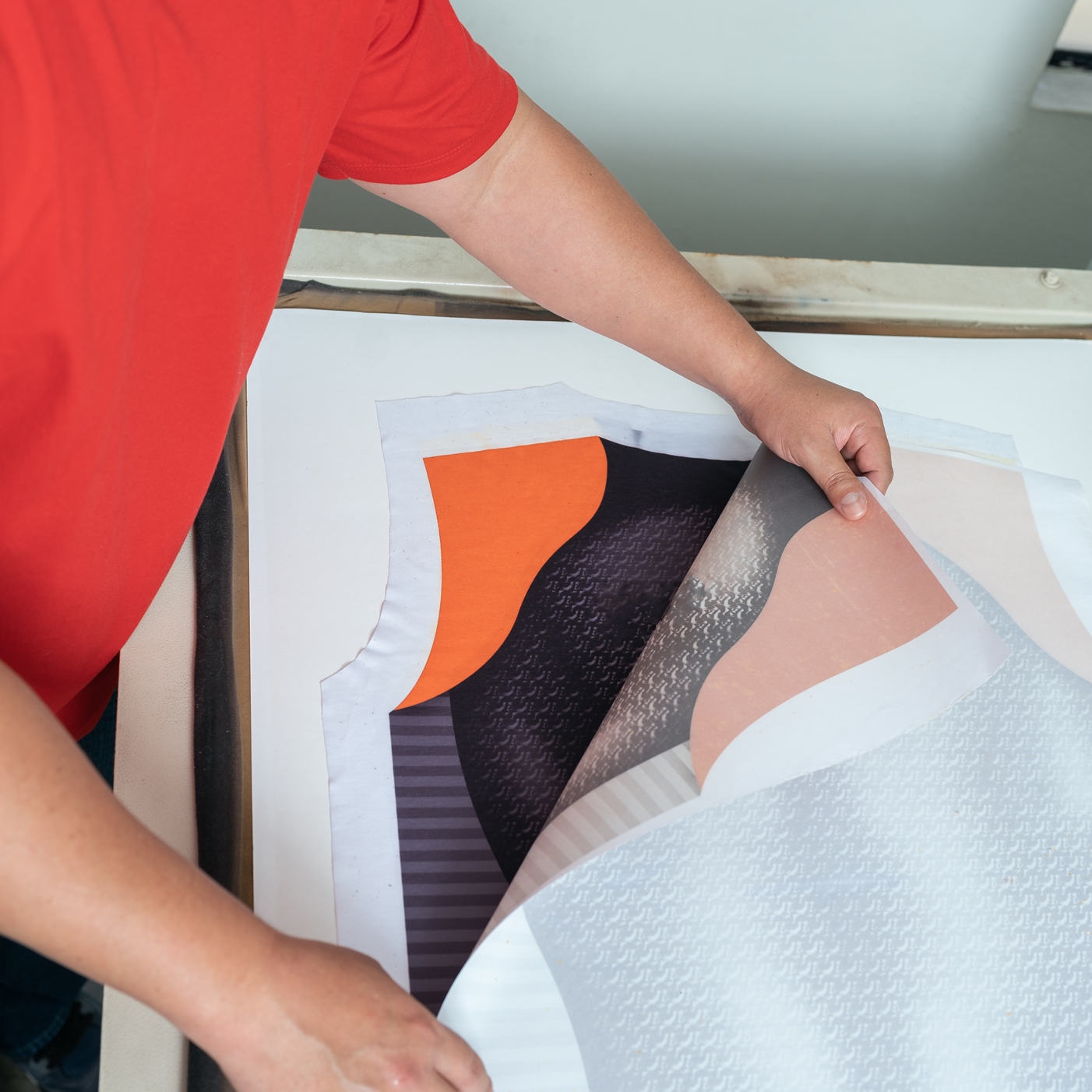Your digital art deserves more than just double taps; it can become a story that pays for itself. But making that leap from pixels on a screen to an actual product people want to buy takes more than just inspiration; it takes the right strategy.
Gone are the days when artists had to rely on third-party gallerists and agents to have their work seen. Now, the internet gives creators the chance to distribute their art directly, bypassing traditional gatekeepers.
Print-on-demand is the key to making that happen. Let’s get into that a bit more.
What this article covers:
- Print-on-demand essentials
- Picking the platform that fits
- Setting up your online shop
... plus plenty of extra insights to take your art business further.
Understanding Print-on-Demand
Print-on-demand (POD) business lets you create products like apparel, accessories, or home decor only when someone places an order (essentially printing on demand). This means no inventory management or leftover stock to worry about. You can simply focus on your designs.
It’s a cost-effective way to test new ideas with different products such as t-shirts, mugs, posters, and books without a substantial upfront investment.
With POD, you can:
- Monetize your social media following or art fans with custom merch.
- Design products for niche markets like pet lovers or travel enthusiasts.
- Create limited edition items to promote events or brands.
- Experiment with different designs to see what your customers prefer.
- Try a new business idea or product line with no inventory risk (above all).
Choosing the Right POD Platform
There are several factors to consider when deciding on the right POD platform.
Product range: The most successful POD platforms add, on average, 7 new products to their store daily. Product flexibility is the essential factor when you want your business to diversify. So, when you’re looking for a platform, pick one that provides a wide variety of POD offerings to keep upgrading.
Printing options: Direct-to-garment (DTG) printing is growing fast, with a 4.13% CAGR from 2025 to 2030. To make your designs a reality, ensure the platform offers high-quality printing methods like DTG.
Integration: Prioritize platforms that effortlessly connect with your e-commerce site for easy handling. For example, Shopify hosts 62.8% of the dropshipping and POD stores, enabling a smooth integration.
Quality control: 81% of customers say they need to trust the brand before making a purchase. Choose a platform with solid quality control so your products always meet customer expectations.
Besides these, consider the POD platform’s branding opportunities, pricing, shipping, and fulfillment speed to choose the right one.
Creating & Preparing Your Digital Art for POD
Follow these steps to make your digital art ready for print-on-demand.
Step 1: Make sure your files are at least 300 DPI high resolution. This ensures that your artwork remains clear and attractive when printed on a T-shirt, cup, or canvas.
Step 2: Consider your design's size and ratio. Making sure your artwork fits precisely is necessary, as different products come in a variety of forms and sizes. You don’t want it to be stretched or cut off in the final product.
Step 3: Pay attention to the file formats. JPEGs, PNGs, or TIFFs are usually safe bets for most POD platforms.
Step 4: Choose a reliable print-on-demand professional or printing company that meets your quality standards. In the process of figuring out how to sell digital art, the right partner will help you deliver top-notch products to your customers.
Setting Up Your Online Store
Once you identify the print-on-demand service provider to create merchandise, the next step is to set up your online store in an e-commerce platform. These platforms help display your product listings and sell your digital art.
Typical examples are Etsy and Shopify, where you can create your own shop, add products, set up payment options, and start selling.
Marketing and Promoting Your Art
Selling digital art through POD services is only half the battle. Getting the product in front of the right audience is where the actual earning money starts rolling in. Utilize social media platforms to make the most of your marketing efforts.
Managing and Scaling Your POD Business
You have the right POD service, e-commerce network, and market strategies. What’s next? Look for opportunities to scale your business further. You can do it through:
Build a strong brand: Forbes says that businesses with brand consistency have a potential for 23% more revenue growth. Consumers connect with your brand’s story, so make it unique.
Develop cross-platform promotion: Social media platforms like Instagram and Pinterest have over 1 billion active users, making them a prime place to sell digital products. TikTok has become a marketing tool for creators, with 55% of users saying they’re inspired to make purchase decisions from products they see on the platform. So, do not limit your marketing to just one platform. Spread your art across the digital space.
Invest in online ads: According to Wordstream, businesses typically see a two-dollar revenue return on every dollar they invest in Google Ads. Running targeted Facebook or Instagram ads can give your POD business the boost it needs. Use custom audiences based on demographic details, interests, and behaviors to reach the right people.
Conclusion
Selling your digital art on print-on-demand is about sharing your creative flair with the world and earning money while you're doing it, not only about creating original designs. Continue to explore, communicate with your audience, and enjoy the process. Your artwork might soon show up everywhere before you even realize it.

